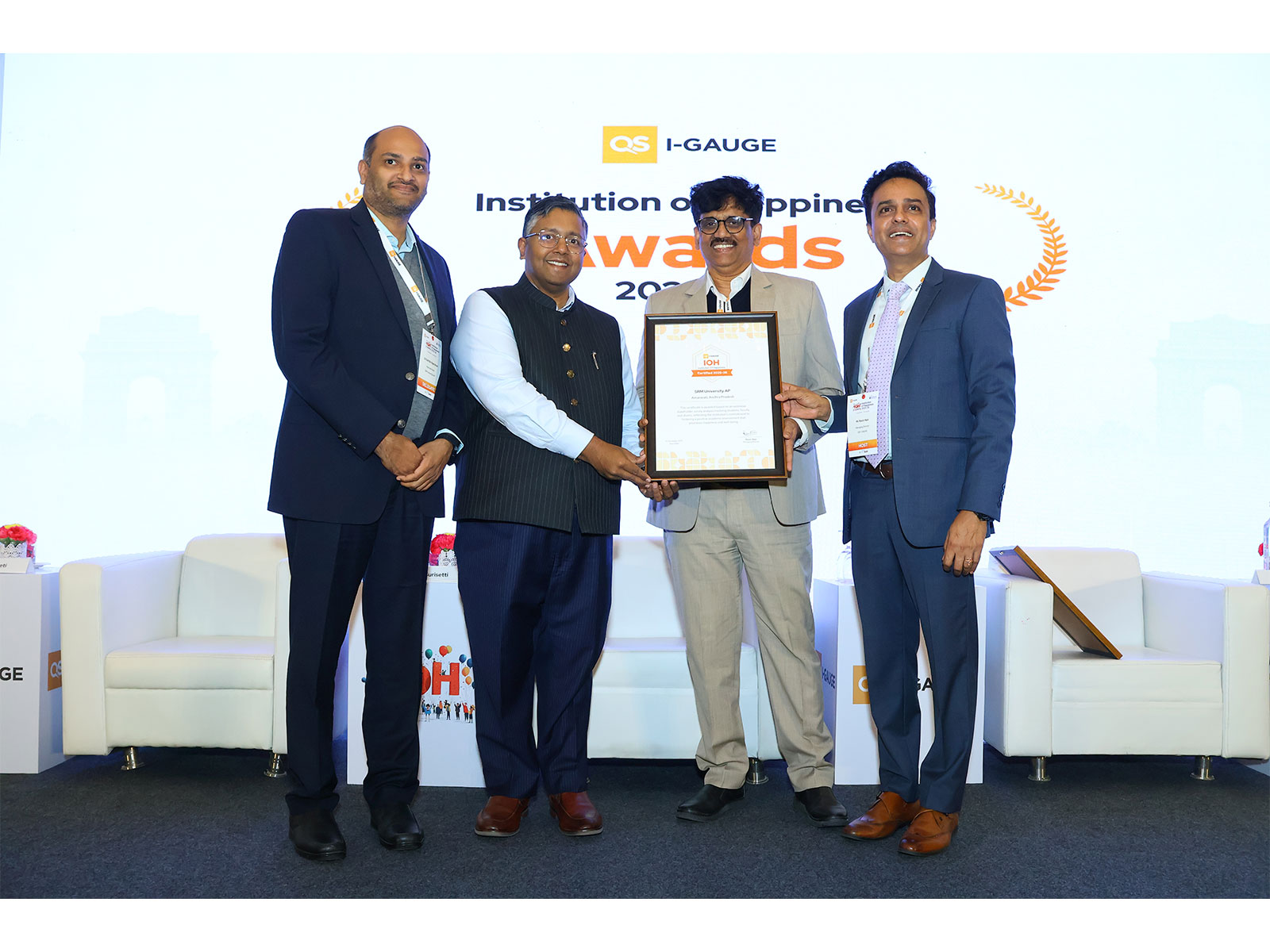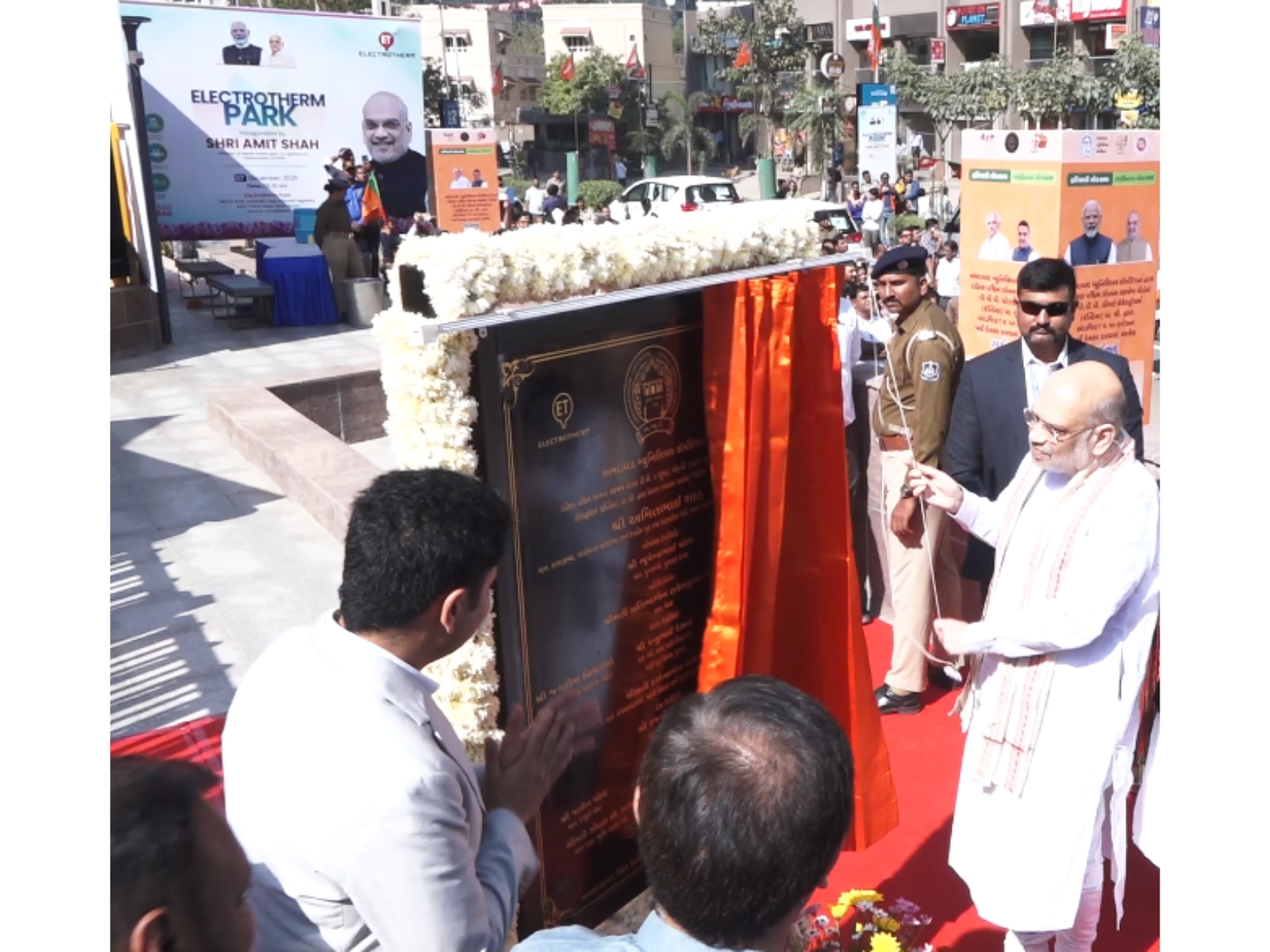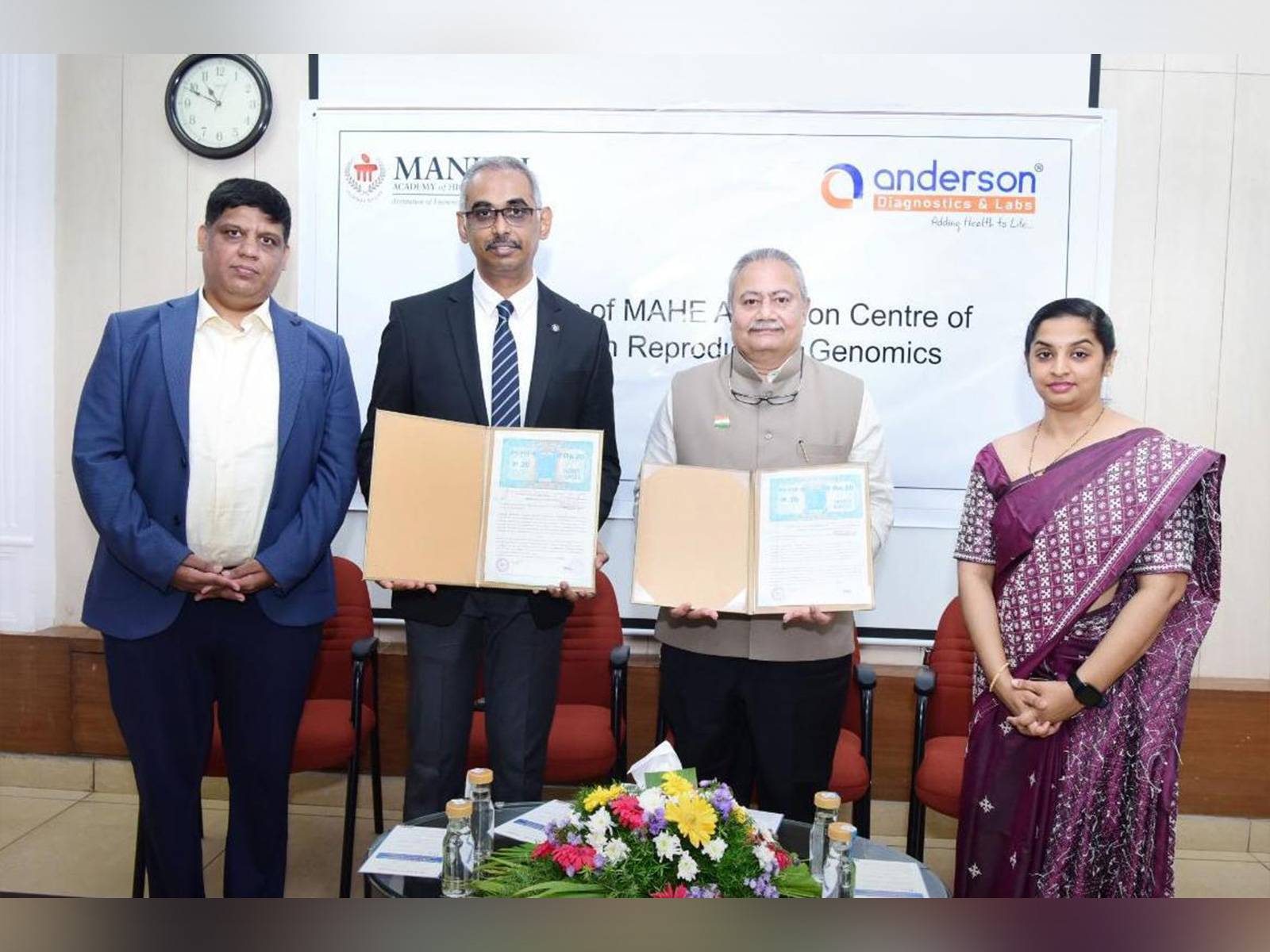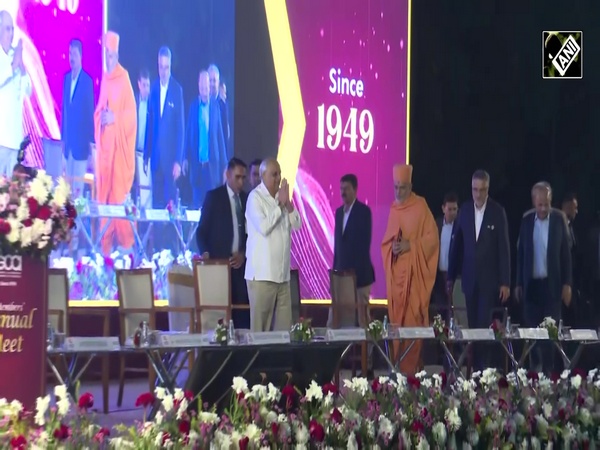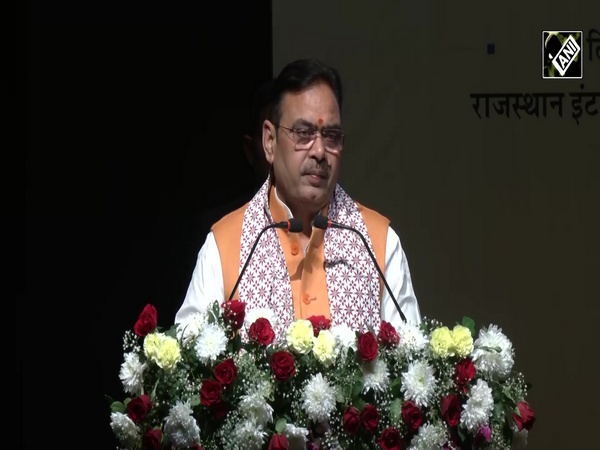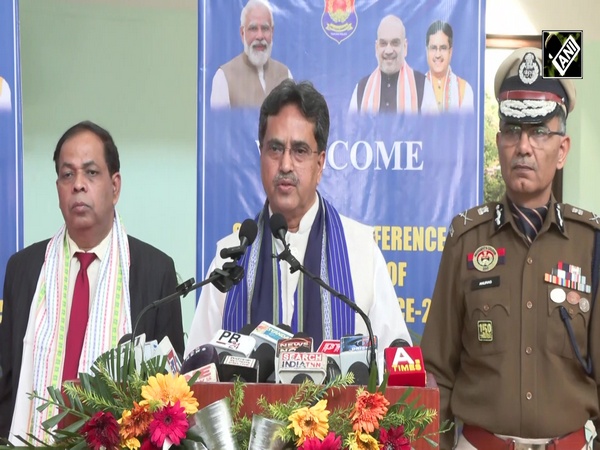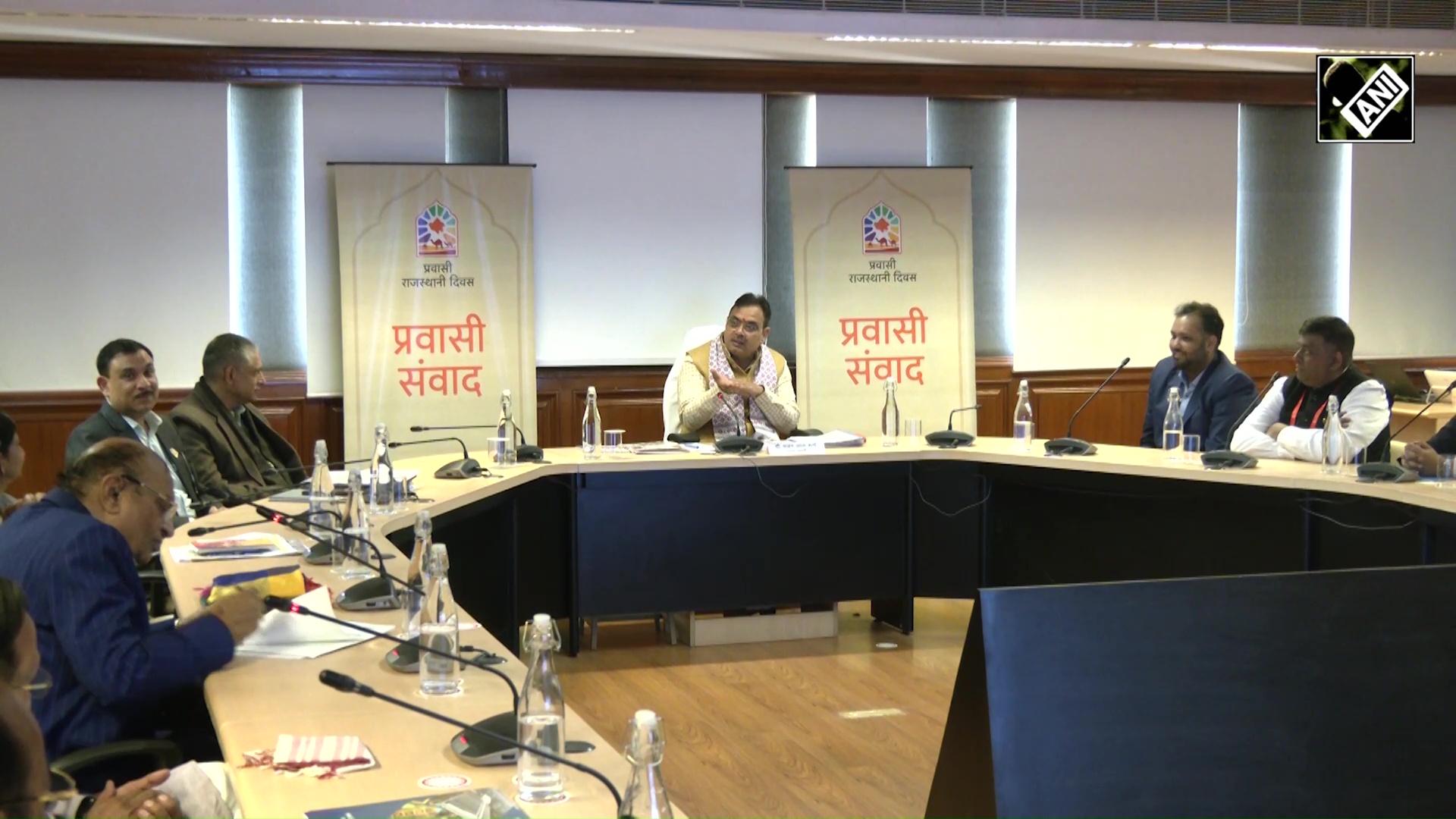How KL University embraced the "New Normal" and aced it
Apr 08, 2021

New Delhi [India], April 8 (ANI/Digpu): The current situation with COVID-19 has forced education and classrooms to evolve. The use of technology has become the primary tool to conduct the teaching and learning process. However, the use of technology has not been implemented properly by every institution due to dire circumstances.
There hasn't been a transparent syllabus to integrate the use of technology. Hence, the students struggle in receiving the best teaching method through technology. Here is how KL University aimed to understand the current practice of technology in education and came up with the best method to conduct teaching and learning process for students through technology during the COVID-19 pandemic. It has conducted a normative study that recommended teaching and learning through COVID-19 through flipped classroom.
"When the lockdown was announced and educational institutions were closed, we at KL University went on thinking about what happens next", says Dr Raghuveer, Dean Academics of the institution. The shift to online classes was evident but we wanted to make it accessible to everyone. We sent out questionnaires to understand who has the required resources. These resources, according to us, were not just mobile phones, laptops or tablets but the geographical location of our students was the key. Without high-speed internet, conducting online classes was impossible and, in this regard, students residing in rural areas with poor mobile connectivity were a challenge in particular", he adds further.
The KL University's research concluded that designing a teaching and learning process that delivers on the outcome that is planned and needed for the students. That is one of the reasons why classes must be designed differently due to attain the planned outcome for students. The planned outcome decides the levels of study for students.
Hence, there are several levels of education, namely primary and secondary education, tertiary education, and adult education. Whereas it is essential for primary and secondary education to improve teaching methods for its students, tertiary education such as engineering, law and business schools need to be updated with the latest and beneficial teaching method. They decided to go for 'Flipped Classroom'.
The flipped classroom is considered to be a genus of blended learning. Unlike blended learning, flipped classroom embraces the idea of using technology with physical/virtual interaction to enhance the learning experience of the students. The signature use case of the flipped classroom is imparting necessary knowledge to the students through video lectures and engaging them in Higher Order Thinking based activities while interacting with the teachers. This approach greatly enhances the students' confidence in solving problems through the application of the knowledge.
Flipped classrooms make the education more learner-centric through the independence and freedom (self-paced learning) that it builds in the student. Yet such freedom and independence may be difficult to practice in an education system where defining what is right and wrong is relying upon authority and teachers are used as enablers for the same.
These obstacles are due to the narrative that our education system focuses primarily on conducting grade-oriented teaching and learning process.
Hence, the following procedure was prepared to overcome the hurdles through proper stepwise planning:
1.
This step is adopted internally by the teacher to prepare the curriculum, managing the cohort, and recognizing the levels of the students in a class.
2.
Drivers in this context are the external aspects that support the process of understanding and equipping the students, such as institution, academics, industry, and technology.
3.
Understanding the context such as curriculum and the outcome to be attained, teachers must match the aspects in a flipped way so that the students focus more on the activities that lead to the attainment of the learning outcome rather than just focusing on enhancing their grades. This is achieved through engaging in high order thinking-based activities in the class rather than just listening to lectures.
Through flipped classroom, the teacher may gain contextual insight on how the students understand the substance of the course and allow them to attain the outcome in their own way. The students themselves will benefit from a flexible learning environment is being treated as an adult learner so as to choose the learning path that may be effective for them.
While the shift from physical classrooms and in-situ education to the virtual medium was proving to be a tough nut to crack, KL University did not only make the shift but also aced it. It has, in many ways, shown the way forward in this 'new normal'.
For more information about the institution, log on to
This story is provided by Digpu. ANI will not be responsible in any way for the content of this article. (ANI/Digpu)
